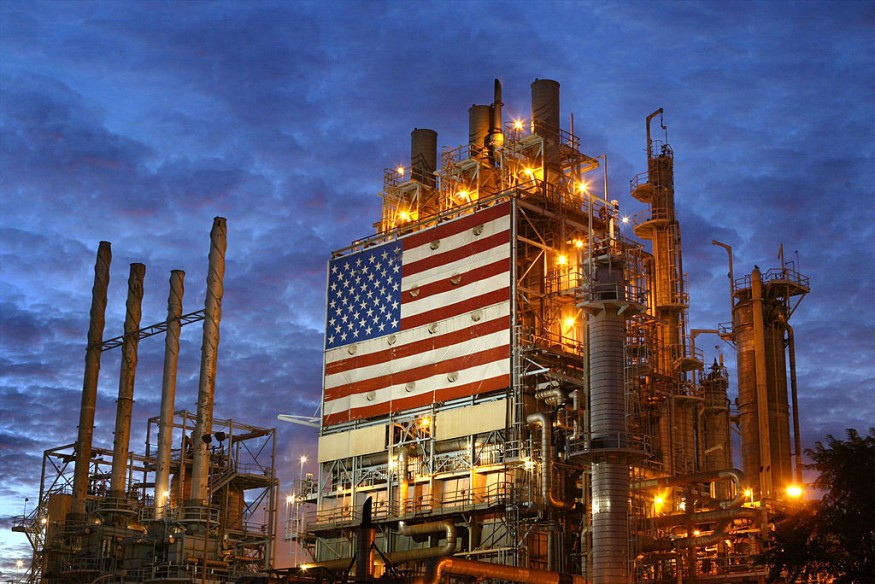US Crude Oil Prices Dips 1% as Beryl's Bluster Barrels Market

U.S. crude oil futures experienced a tense decline on Monday, with prices dropping 1% as traders evaluated Tropical Storm Beryl's possible effects on the vital energy infrastructure along the Gulf Coast. Concerns were expressed over possible interruptions to oil production, exports, and refining activities in the region due to the storm's route and severity.
Beryl Makes Mark on Texas Coast
Beryl made impact 150 miles northeast of Corpus Christi, a significant center for oil exports, close to Matagorda, Texas, packing gusts of 80 mph. Beryl was downgraded by the National Hurricane Center to a tropical storm with decreased winds and a forecast path toward the northeast, although worries about potential damage to manufacturing facilities and infrastructure persisted.
Offshore Impact
Platforms used for offshore drilling were already seeing the effects. About 200 miles south of Galveston, Shell's Perdido platform was temporarily shut down, and non-essential staff were evacuated. Industry expert Andy Lipow estimates that this platform alone adds about 100,000 barrels per day (bpd) to the oil production in the area, which might result in a 5.5% decline in Gulf of Mexico production.
Short-Term Stability, Long-Term Concerns
Lipow predicted a possible knock-on impact even though he didn't expect any immediate changes in the price of fuel. "There might be slight delays in refining activities and some postponed deliveries to Florida due to the storm," he said, "but the bigger concern is the future. The recent rise in oil futures could translate into gradual gasoline price increases in the coming weeks."
Colorado State University's estimates, which indicate a "extremely active" Atlantic hurricane season this year, add credence to this worry. Historically, this kind of season causes disruptions in the transportation and oil production, which causes supply chain bottlenecks and price volatility.
According to AAA, the average national price of fuel is currently about $3.50 per gallon. While this is somewhat more than the previous week, it is still $3 less than the prior month. Analysts caution that as hurricane season approaches, Beryl may portend further price volatility.
Market players will be keeping a careful eye on Beryl's trajectory and intensity in the coming days, as well as any possible infrastructure damage. The storm serves as a reminder of the delicate balance that exists between weather patterns, the production of energy, and ultimately, consumer gas prices at the pump.
Related article : Oil Markets Brace for Impact as OPEC+ Announces Production Cuts
The content provided on MoneyTimes.com is for informational purposes only and is not intended as financial advice. Please consult with a professional financial advisor before making any investment decisions.
Copyright © MoneyTimes.com











